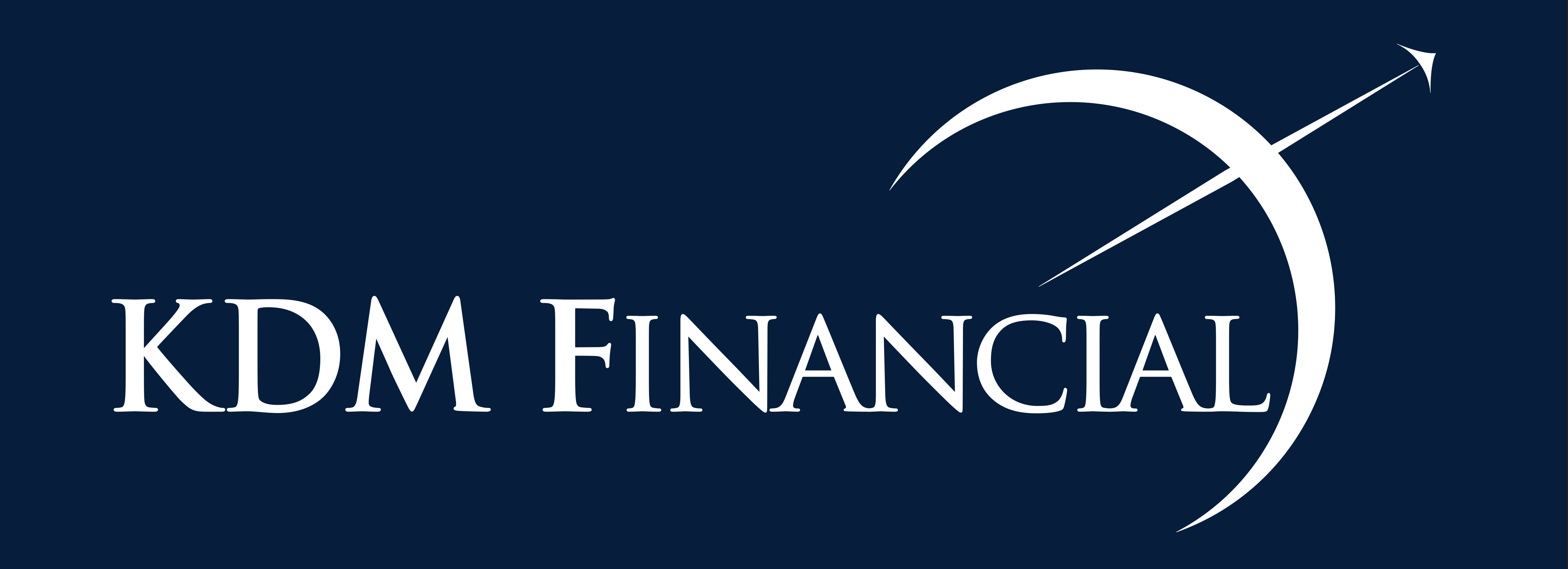For Properties in Crisis, ‘Middle Money’ Lenders Could Be A Savior

A light industrial asset half-leased and mired in a foreclosure battle. A multifamily building scarred by a fire. Where other lenders might have seen liabilities, Holly MacDonald-Korth saw opportunity.
“Some of the complicating factors in these properties means that no traditional lender was willing to take them on,” MacDonald-Korth said. “Crafting a refinancing package for them required an outside-the-box kind of approach.”
KDM Financial, where MacDonald-Korth serves as president and chief financial officer, calls itself a "middle-money" lender, as it sits between traditional lenders and hard-money, bridge and mezzanine debt lenders. While the company lends mainly to traditional multifamily, industrial and office projects, KDM has also built out a practice providing capital for properties with experienced operators and cash flow that may have some financial or physical warts that could keep a bank or CMBS firm from lending to them.
And where many banks and other traditional lenders have all but halted lending on real estate because of the coronavirus, KDM has been able to step in and put transactions back on track. MacDonald-Korth described how KDM closed deals in late March and early April, and has others on deck that had been stalled out by other lenders. She expects to see more of these sorts of deals as the crisis continues.
KDM is able to offer its borrowers reasonable rates compared to hard-money lenders thanks to its single-asset securitization approach. To fund the loans it makes, KDM issues securities to the wider capital markets. Each of those securities is linked to a specific underlying property or pool of properties. The result, MacDonald-Korth said, is a loan product that is both more customizable and more affordable than a typical bridge loan.
The securitization approach developed naturally from the boutique broker bond deals made by KDM’s parent company, J W Korth, MacDonald-Korth said. After spending 18 months researching the best way to securitize mortgage debt, the company launched KDM in 2016 and began offering its fully tradable securities to institutional investors.
“Marrying our capital markets distribution with our commercial mortgage experts seemed like a logical step to us, but was actually innovative in the grand scheme of lenders,” MacDonald-Korth said. “While our bread-and-butter product is a five-year, interest-only deal, we can put together really any deal that makes economic sense as long as the cash flow is there.”
Because its deals rely on cash flow, she said, KDM doesn't offer construction loans, but regularly lends on projects with a significant value-add component and those where borrowers need money in their pockets at the outset in order to extract themselves from extenuating circumstances.
MacDonald-Korth described how KDM refinanced a triple-net property in Ohio that was in technical default and in the middle of a foreclosure proceeding. The tenant was still in place, meaning the property still had cash flow, but the deal was encumbered by a tenant-in-common ownership structure.
KDM ended up cross-collateralizing the deal with a set of properties across Ohio, Georgia and Oklahoma, putting in place a reserve until the major tenant renewed and bought out all of the tenant-in-common partners to consolidate ownership and stabilize the property. The refinance ended the foreclosure proceedings.
“When we came in, it was really a mess,” MacDonald-Korth said. “It was so complex that no one else was willing to take it on. We really had to work with that borrower through the multistage cross-collateralization, but we ended up saving that property.”
The property is now on its way to permanent financing, also through KDM. The company currently has a pipeline of around $80M in projects moving from temporary to permanent funding.
Because KDM's approach to CRE funding is unique, some borrowers may not consider securitization as a possibility when they go looking for funding.
“It’s not necessarily an option that people know exists yet,” she said. “If their projects don’t check all the boxes that a traditional lender requires, they think of hard money as their only recourse, and that’s a mistake. We can come in and see the bigger picture.”
Having an option outside of a hard-money lender can be a lifeline for experienced developers and owners who may have ended up in dire straits due to reasons out of their control. MacDonald-Korth described lending on a 180-unit multifamily project in Mississippi where 40 of the units had been damaged by fire.
“A lot of times, if your project has a little hair on it and it doesn’t fit the mold for a bank or CMBS player, there’s not a lot of lenders in the space for you besides aggressive bridge money, hard money,” MacDonald-Korth said. “KDM is here to give you semi-permanent financing at decent rates and help you work towards a permanent solution.”
This feature was produced by Bisnow Branded Content in collaboration with Korth Direct Mortgage. Bisnow news staff was not involved in the production of this content.

